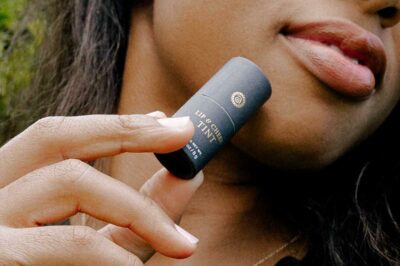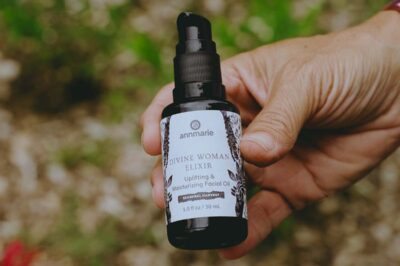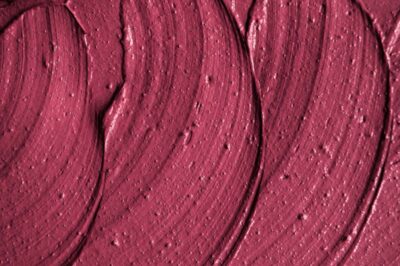Remember those old science experiments from seventh grade? Some of us really turned up our noses when the teacher came out with dead frogs in some sort of clear solution that smelled terrible.
The source of that horrible smell was formaldehyde, a colorless gas mixed with water and methanol and used to preserve biological specimens. But did you know this gas can also show up in some skin care items?
What is Formaldehyde?
Formaldehyde is a colorless gas made by the oxidation of methanol. It’s long been used in embalming fluids, dyes, plastics, and fertilizers, and as a preservative and disinfectant. It’s also found in particle board, household products, glues, permanent press fabrics, fiberboard and plywood, and is widely used as an industrial fungicide and germicide. It may be added to products as an ingredient, or it can be released as a gas from other preservatives.
What Personal Care Products Have Formaldehyde?
You may be surprised to know that formaldehyde is actually used as an ingredient in products like nail polishes, nail glues, eyelash glues, hair gels, and hair-smoothing products. It helps products adhere to surfaces, such as nail polishes to the actual nail. Other products that don’t actually use formaldehyde, but that have other preservative ingredients that may release the gas, include baby shampoo, baby soap and body washes.
The FDA maintains that the levels of formaldehyde in cosmetic products is safe—below 2,000 parts per million (ppm)—but we don’t know how our daily exposure may be affecting us, particularly because this gas is classified as a known human carcinogen by the U.S. Department of Health and Human Researchers and the International Agency for Research on Cancer.
Formaldehyde’s Potential Effects on the Skin
If you use products with formaldehyde on your skin, you risk allergic reactions and rashes, particularly if you’re sensitive to chemicals. The concentration of the gas in personal care items is generally low, but repeat exposure is known to create sensitivities. At high concentrations, formaldehyde can also be irritating to the eyes, nose, and throat. The Occupational Safety and Health Administration (OSHA) recommends that workers handling formaldehyde always wear impervious clothing, gloves, and goggles, and prevent skin and eye contact.
Bottom Line—Avoid This Ingredient
For me, what it comes down to is that this ingredient is carcinogenic—definitely not something you want to be putting on your skin. How do you avoid it? Of course, you can look for labels that say “no formaldehyde,” as some newer products do, but the best way is to avoid those preservatives that release it, which include the following. By the way, all Annmarie Gianni Skin Care products are free of formaldehyde!
- BHT (butylated hydroxytoluene)
- DMDM hydantoin
- Ureas (including diazolidinyl urea and imidazolidinyl urea)
- Methenamine
- Quaternium-15
- Sodium hydrozymethylglycinate
- 2-bromo-2-nitropropane-1,3-diol (bronopol)
Have you experienced a reaction to formaldehyde? Please share your story.
Sources
OSHA Fact Sheet. Formaldehyde. http://www.osha.gov/OshDoc/data_General_Facts/formaldehyde-factsheet.pdf.
The Campaign for Safe Cosmetics. “Formaldehyde and Formaldehyde-Releasing Preservatives,” http://safecosmetics.org/article.php?id=599.








Leave a Reply